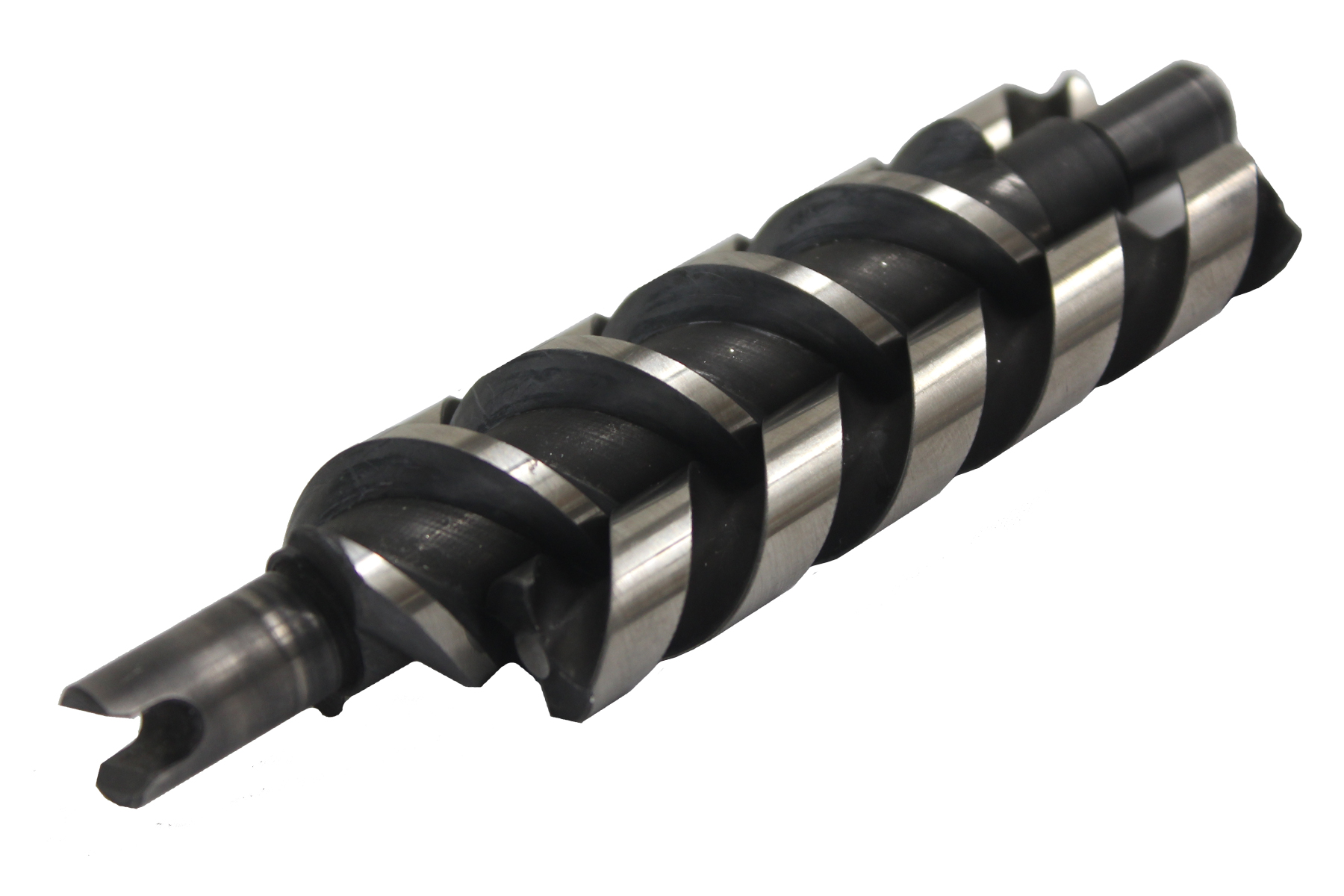Compact spindle screw pump is ideally suited for liquid cooling environments that require a steady flow rate, low noise, and long operating life, such as medical imaging systems…
May 10, 2016 – Laird Thermal Systems has developed a spindle screw pump that delivers consistent and reliable performance in liquid cooling systems (LCS). Compared to centrifugal pumps, Laird’s spindle screw technology can pump fluids of higher viscosity without losing flow rate, and pressure changes have little impact on pump performance. This is vital in high G-force applications, such as a rotating gantry system used in a CT scanner, as the pump is able to maintain constant flow and pressure while under high G-force stress.
One of the most critical components in a liquid cooling system is the pump. Pumps are in constant operation when the cooling unit is turned on and typically have the shortest mean time between failure (MTBF) of all components due to friction wear of bearings, pump blades and seals. If the pump fails prematurely, so will the LCS, causing the medical imaging system to stop working. This can be a problem for medical equipment where hundreds of thousands of dollars per day could be lost.
Laird’s three-screw pump is comprised of a single rotor element that is powered, while two others are idle. Spindle screw pumps move fluid axially without turbulence, eliminating foaming that would otherwise occur in viscous fluids. The idle rotors are rotated by liquid pressure, essentially generating a fluid bearing, or hydrodynamic film, that provides radial support similar to journal bearings. The self-priming spindle screw pumps allow an independent flexible positioning within the liquid cooling system. Respective to the cost of ownership, the value of a highly reliable spindle screw pump is through long lifetime operation that can span over several years with minimal to no maintenance. This minimizes down time by eliminating the need to turn off the end user system for pump replacement.
Long life operation is built into the spindle screw design due to no metal-to-metal contact between moving components. This minimizes friction wear and abrasions that can cause cavitation. The flexible mechanical assembly allows the use of a smaller strainer with a higher mesh size that extends maintenance intervals and reduces the overall cost of ownership. No metal-to-metal contact also eliminates pulsations, even at high flow rates, making the unit very quiet during operation. The end result is smooth and quiet operation even at high revolution rates and pressure. “Spindle screw pumps offer many advantages when compared to other pump technologies, including pumping capacity, ruggedness, efficiency, low noise, and longer operating life, all in a smaller package. A simple design and construction reduces maintenance and delivers the best mean time between failure in the industry,” said Anders Kottenauer, Senior Vice President of Laird's Engineered Thermal Systems Business.
The pump head and motor are combined into one waterproof housing unit and can push either oil or water coolant. The fluid is pushed uniformly with the rotation of the spindles along the axis and is forced out the other end, which reduces power consumption and increases efficiency. In addition, pressure changes have little impact on spindle screw pumps, making them ideal for a range of applications.
A spindle screw pump combines the most important attributes into one high reliable unit.
• compact design
• high efficiency
• high capacity with little space
• high G force robustness
• high pressure and flow rates
For more information, read the technical paper Spindle Screw Pump Technology for Medical Cooling

